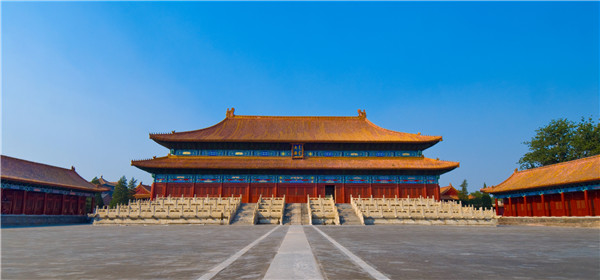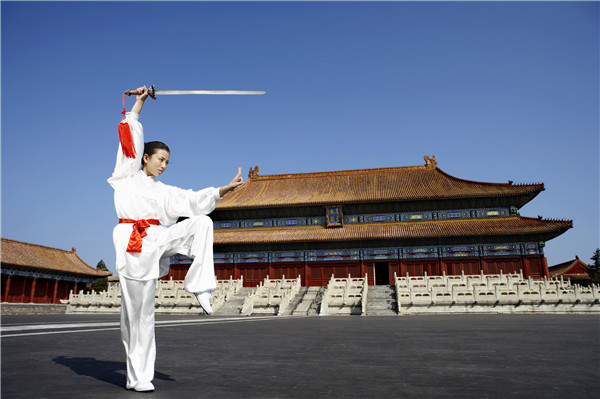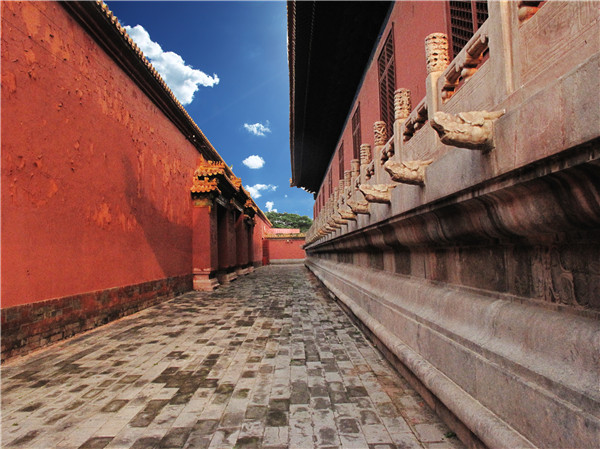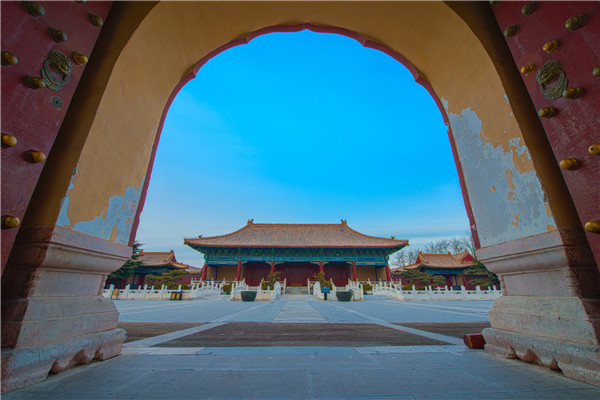 来源@视觉中国
来源@视觉中国
Located to the northeast of Tian'anmen Square, Beijing, it is the imperial ancestral temple of the Ming and Qing dynasties with memorial tablets of the emperors. It was first built in 1420, the eighteenth year of Emperor Chengzu of Ming dynasty.
 来源@视觉中国
来源@视觉中国
In the oblong shape, the temple covers a total area of 140,000 square meters. With a symmetric architectural composition, the temple has three walls, all of which are painted in red and decorated with yellow-glazed tiles.

来源@视觉中国
The main structures inside the temple include Ji Gate, Front Hall, Middle Hall and Rear Hall. Besides, there are also structures such as side halls in the west and east, Sacrifice-Butchering Pavilion (zai sheng ting), Sacrifice Cote (zhi xing fang) and Well Pavilion, etc.
 来源@视觉中国
来源@视觉中国
The emperor of the Ming or Qing dynasties should offer sacrifice to the temple on the following occasions: the new emperor was enthroned, assumed the reigns of the government, got married, got or granted titles of honor, held a birthday party, appointed someone as the crown prince or empress etc, won a battle, offer captives, got buried and held sacrificial ceremonies at the first month of the four seasons and in the end of every year.
 来源@视觉中国
来源@视觉中国
Source: history.cultural-china.com



